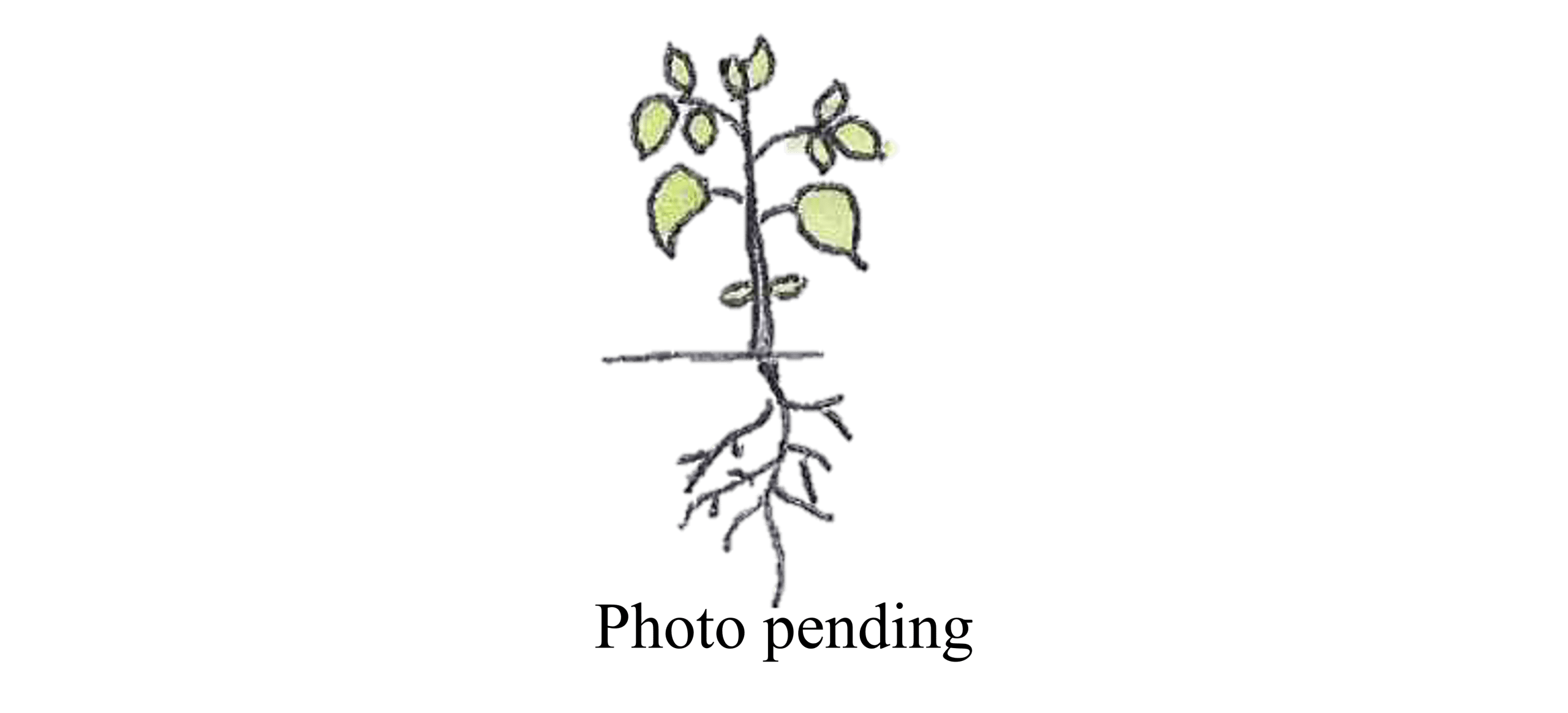Black plum
Diospyros australis, Fam. Ebenaceae

Attractive, slender small tree with zig zag branchlets tending to be in layers. On small trees the bark is grey, to almost black on larger trees and wrinkled.
| Weed Category: | |
| Weed: | No |
| Form or habit: | Small tree |
| Family: | Ebenaceae |
| Leaf: | Simple, alternate, two-ranked, entire, thick, oblong, 4-10cm long, upper surface dark green, underside smooth, dull yellow green with only the midvein visible. |
| Flower conspicuous: | Conspicuous |
| Flower colour: |
Cream, Green |
| Flower description: | Creamy green flowers occur singly or in small clusters on the underside of stems. October to December. |
| Fruit conspicuous: | Conspicuous |
| Fruit colour: |
Black |
| Fruit: | |
| Fruit description: | Glossy black, ovoid berries, about 1cm in diameter, ‘seated’ in a calyx cup with four or rarely five lobes. February to July. |
| Habitat: | Rainforest. |
| Distribution | Queensland, New South Wales. |
| Food source for: | Fruit eaten by the Lewin’s honeyeater, green catbird and regent bowerbird. It is a host plant for the cerambycid beetle Piesarthrius frenchi. |
| Toxicity: | No toxicity known |
| Origin: | Australia. |
| Notes: | Seed is bird dispersed. The purple flesh of the fruits is edible and palatable. Sow fresh seed, some reports say that seed germinate slowly while others say that they germinate readily within one or two months. Timber is pale and fine grained. |
| Information sources: | Melzer R. & Plumb J. (2007) Plants of Capricornia. |



